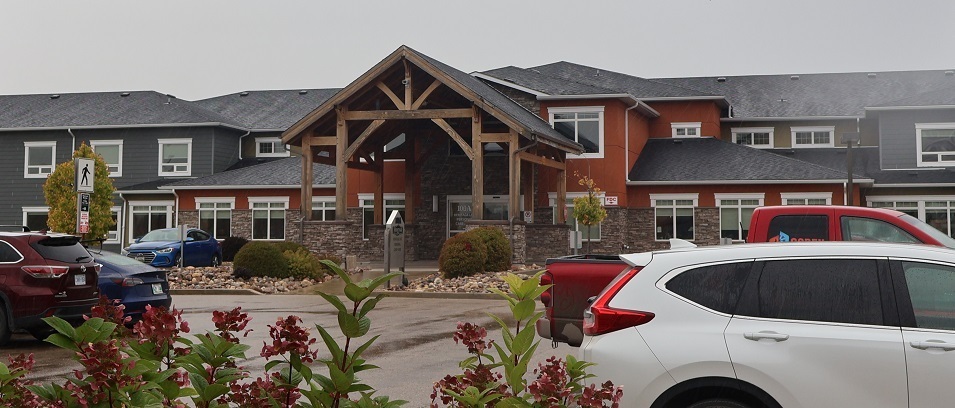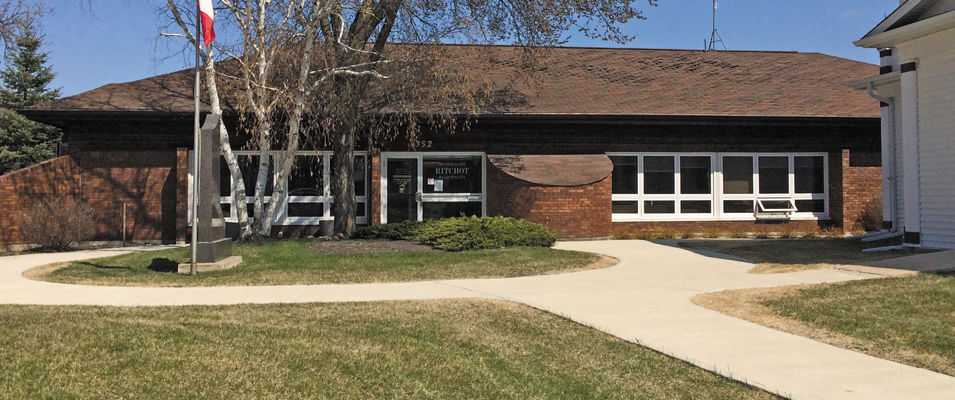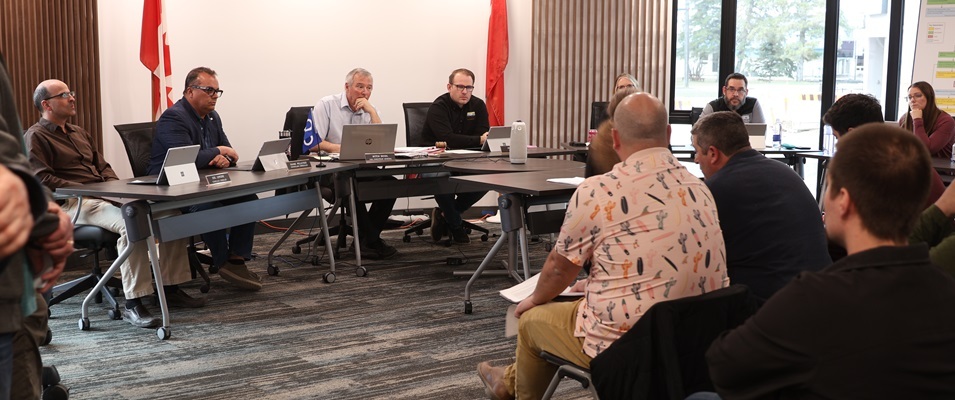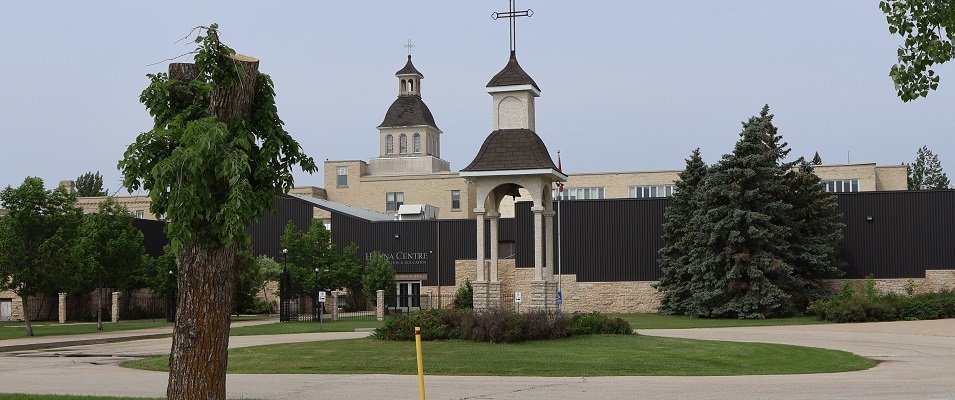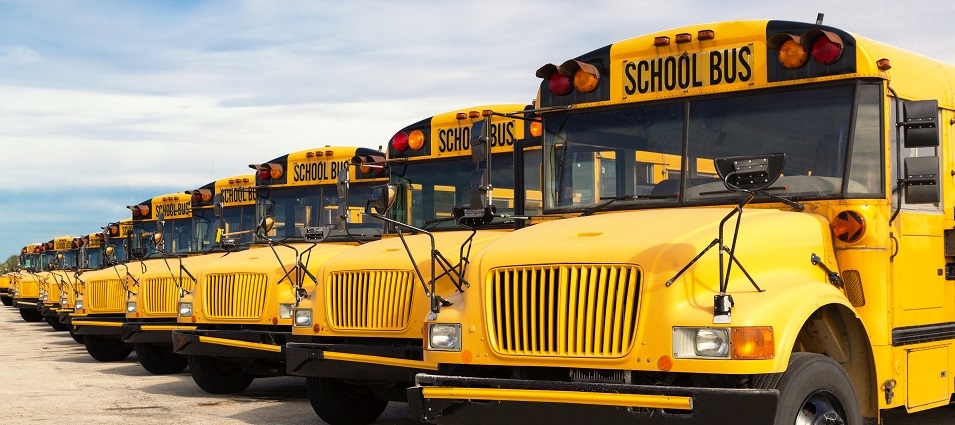
On Thursday, February 2, the province announced new funding for the 2023–2024 school year which will affect all schools that provide education to students from Kindergarten and Grade 12.
A total of $100 million will be added to existing provincial school supports, representing an increase of 6.1 percent from last year, and an overall 23 percent increase since 2016.
“Our government believes that all students must succeed regardless of where they live, their background or circumstances, and this year’s investment will provide an operating funding increase to each and every school division across the province,” says Wayne Ewasko, Minister for Education and Early Childhood Learning. “Every division will see an increase in funding next year, which will help them engage students and invest in the programs and services that will best meet the needs of local communities.”
Dana Rudy, Deputy Minister of Education, says that it’s at this time of year, every year, that school funding announcements are made in order to assist school divisions create their budgets. Those budgets are then submitted to the province in the spring.
The additional $100 million is primarily intended to help with increasing operating costs and doesn’t include capital funding or other initiatives that fall under the province’s annual budget.
While the province is giving individual school divisions relative autonomy in determining how they’ll make use of the funds, they anticipating that $5 million will be designated specifically toward special needs support within schools.
Including this year’s special needs funding, the province will have provided a total of $17 million in special needs support to schools over the past three years.
“We’re in constant communication with [school divisions] about where their funding pressures are and what the opportunities for improvement are,” Rudy says.
In order to make the allocation to the various divisions equitable for all, the province has developed a complex formula. This formula looks at the socioeconomic index, a per-pupil funding differential, as well as the involvement of Child and Family Services.
In addition to the new funding announcement, the province also plans to match the one-time funding of $106 million from last year and make this a permanent addition to the education base budget going forward.
According to a Fraser Institute report, Manitoba ranks as one of the highest across the country in per-pupil funding, surpassed only by New Brunswick and Newfoundland/Labrador.
Per pupil spending in the 2019–2020 school year in Manitoba was $15,237. Alberta had the lowest rate at $12,902 while Newfoundland/Labrador came out on top at $15,475.
The overall average per pupil spending in Canada comes to $13,794.
As to overall student enrollment across the province, provincially collected data indicates that Manitoba’s student enrollment has more or less returned to pre-pandemic levels.
“This significant investment in Kindergarten to Grade 12… continues to highlight our ongoing commitment to improving literacy and numeracy and strengthening Indigenous education,” concludes Ewasko.





